Year 3
The English curriculum is built around the three interrelated strands of language, literature and literacy. Teaching and learning programs should balance and integrate all three strands. Together, the strands focus on developing students' knowledge, understanding and skills in listening, reading, viewing, speaking, writing and creating. Learning in English builds on concepts, skills and processes developed in earlier years, and teachers will revisit and strengthen these as needed.
In Years 3 and 4, students experience learning in familiar contexts and a range of contexts that relate to study in other areas of the curriculum. They interact with peers and teachers from other classes and schools in a range of face-to-face and online/virtual environments.
Students engage with a variety of texts for enjoyment. They listen to, read, view and interpret spoken, written and multimodal texts in which the primary purpose is aesthetic, as well as texts designed to inform and persuade. These encompass traditional oral texts including Aboriginal stories, picture books, various types of print and digital texts, simple chapter books, rhyming verse, poetry, non-fiction, film, multimodal texts, dramatic performances and texts used by students as models for constructing their own work.
The range of literary texts for Foundation to Year 10 comprises Australian literature, including the oral narrative traditions of Aboriginal and Torres Strait Islander Peoples, as well as the contemporary literature of these two cultural groups, and classic and contemporary world literature, including texts from and about Asia.
Literary texts that support and extend students in Years 3 and 4 as independent readers describe complex sequences of events that extend over several pages and involve unusual happenings within a framework of familiar experiences. Informative texts include content of increasing complexity and technicality about topics of interest and topics being studied in other areas of the curriculum. These texts use complex language features, including varied sentence structures, some unfamiliar vocabulary, a significant number of high-frequency sight words and words that need to be decoded phonically, and a variety of punctuation conventions, as well as illustrations and diagrams that support and extend the printed text.
Students create a range of imaginative, informative and persuasive types of texts including narratives, procedures, performances, reports, reviews, poetry and expositions.
(source: www.australiancurriculum.edu.au)
Achievement Standard
Receptive modes (listening, reading and viewing)
By the end of Year 3, students understand how content can be organised using different text structures depending on the purpose of the text. They understand how language features, images and vocabulary choices are used for different effects.
They read texts that contain varied sentence structures, a range of punctuation conventions, and images that provide extra information. They use phonics and word knowledge to fluently read more complex words. They identify literal and implied meaning connecting ideas in different parts of a text. They select information, ideas and events in texts that relate to their own lives and to other texts. They listen to others' views and respond appropriately using interaction skills.
Productive modes (speaking, writing and creating)
Students understand how language features are used to link and sequence ideas. They understand how language can be used to express feelings and opinions on topics. Their texts include writing and images to express and develop, in some detail, experiences, events, information, ideas and characters.
Students create a range of texts for familiar and unfamiliar audiences. They contribute actively to class and group discussions, asking questions, providing useful feedback and making presentations. They demonstrate understanding of grammar and choose vocabulary and punctuation appropriate to the purpose and context of their writing. They use knowledge of letter-sound relationships including consonant and vowel clusters and high-frequency words to spell words accurately. They re-read and edit their writing, checking their work for appropriate vocabulary, structure and meaning. They write using joined letters that are accurately formed and consistent in size.
(source: www.australiancurriculum.edu.au)
- Plus Plan
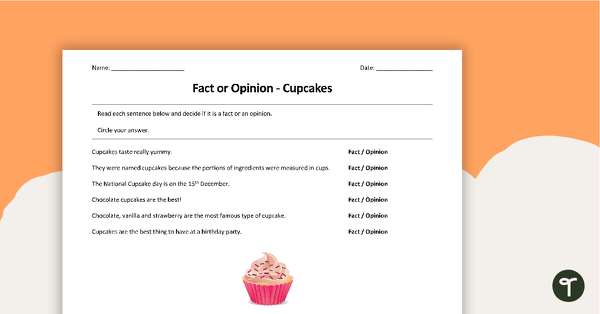
Fact or Opinion - Cupcake Worksheet
A worksheet to use when teaching students how to distinguish between fact or opinion.
- Plus Plan
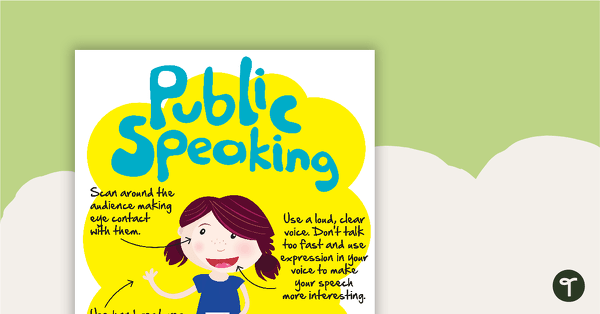
Public Speaking Poster
A poster giving tips on how to deliver an effective speech.
- Plus Plan
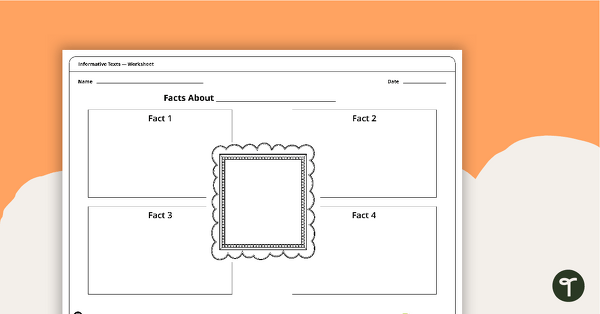
Build a Fact File Worksheet
Use this fact file template as a research tool when teaching factual writing to your students.
- Plus Plan
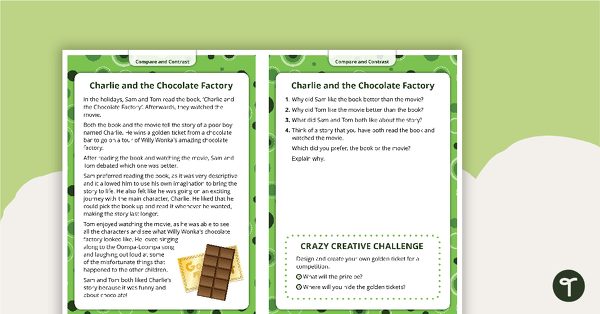
Comprehension Task Cards - Compare And Contrast
A set of comprehension task cards to help students compare and contrast when reading.
- Plus Plan
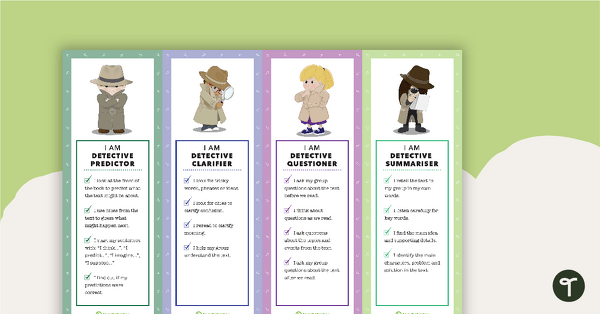
Reading Detectives Bookmarks
8 colourful reading detective bookmarks to use during guided reading sessions in the classroom.
- Plus Plan
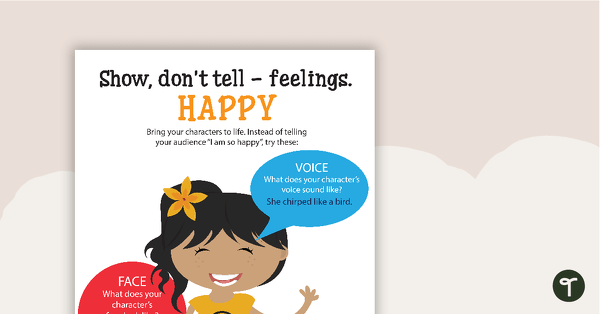
Developing Characters Poster Pack - Show, Don't Tell Feelings
A set of 16 posters about developing and describing characters when writing stories.
- Plus Plan
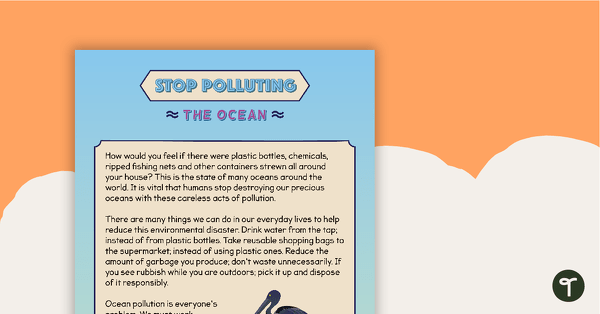
Comprehension - Stop Polluting The Ocean
A comprehension activity using a persuasive text.
- Plus Plan
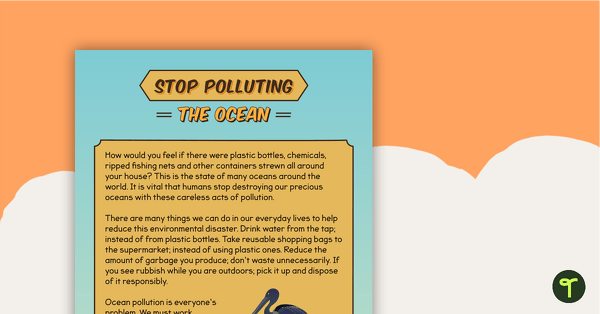
Sequencing Activity - Stop Polluting The Ocean (Persuasive Text)
A sequencing task using a persuasive text.
- Plus Plan
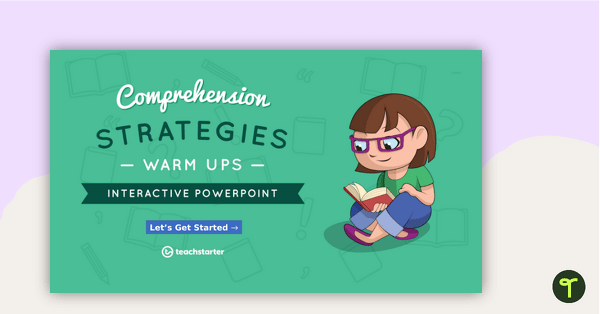
Comprehension Strategies - Interactive PowerPoint
An engaging 48 slide interactive PowerPoint to use in the classroom when developing comprehension strategies.
- Plus Plan
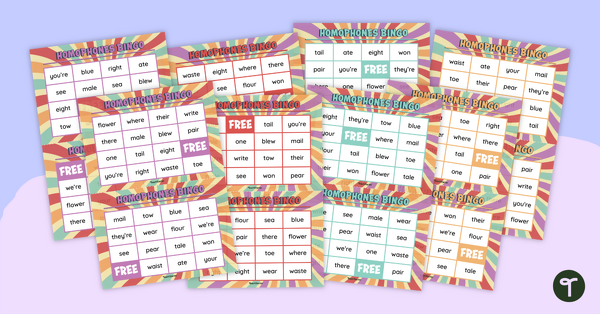
Homophones Bingo
Make learning about homophones and their definitions an engaging whole-class activity with this homophones bingo game.
- Plus Plan
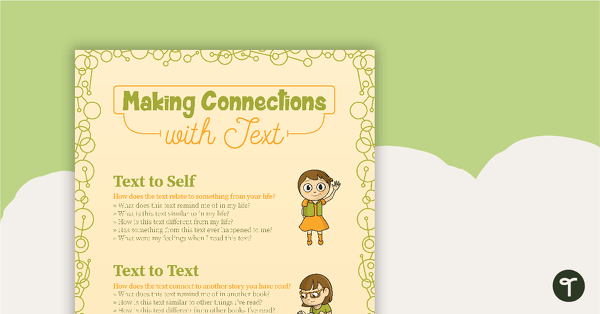
Making Connections with Text Poster
A poster showing the concepts of text to self, text to text and text to world.
- Plus Plan
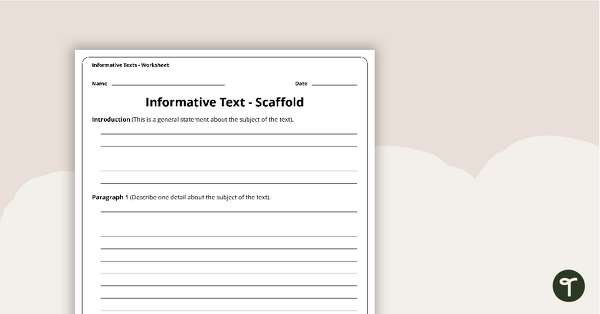
Information Report Writing Template
Use this information report template to help your students correctly structure their informative writing.
- Plus Plan
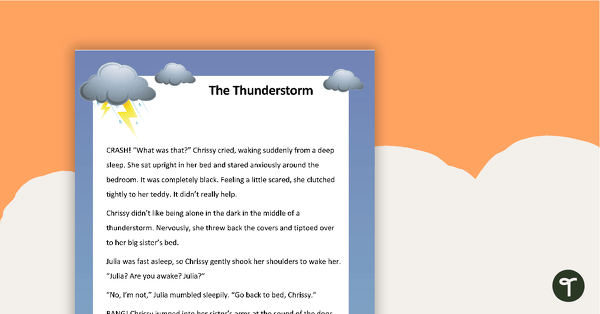
Cause and Effect - Comprehension Task
A task to use when teaching your students reading comprehension strategies.
- Plus Plan
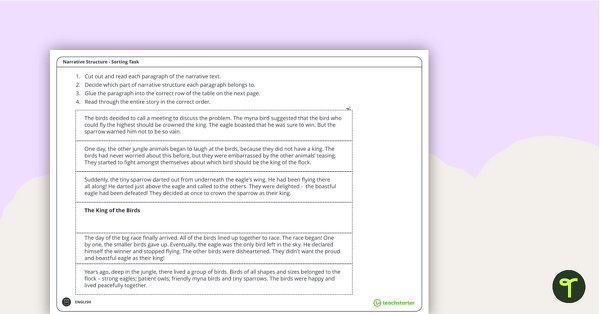
Narrative Structure Sorting Task
A sorting task to help students learn about narrative structure.
- Plus Plan
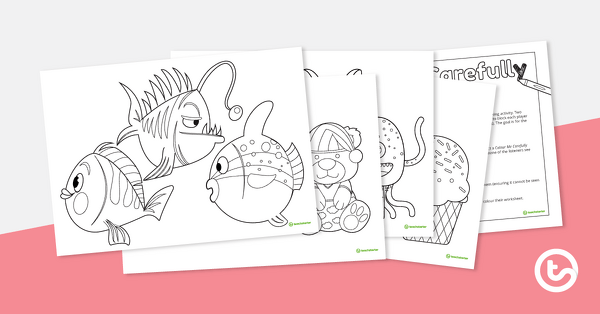
Colour Me Carefully Worksheets
A set of four colouring pages to be used as speaking and listening activities.
- Plus Plan
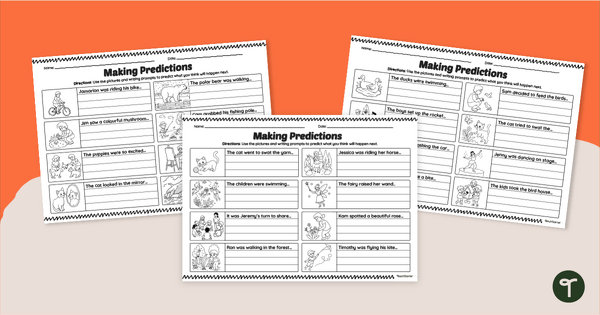
Making Predictions with Pictures - Worksheet Pack
Practice making predictions based on illustrations with a set of printable Making Predictions With Pictures Worksheets.
- Plus Plan
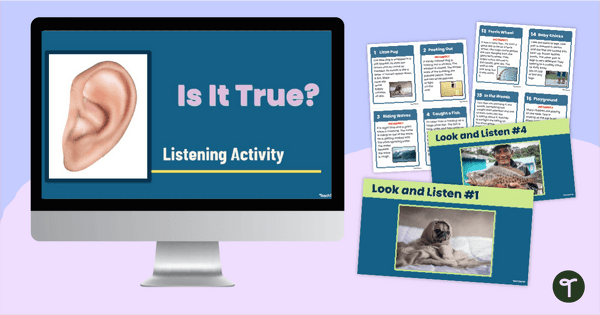
Is It True? Active Listening Activity
Improve listening skills in the classroom with an engaging 'Is It True?' Active Listening Activity.
- Plus Plan
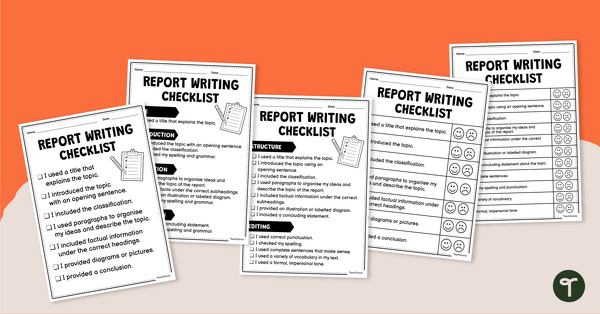
Information Report Checklists
Use these information report checklists when teaching your students how to edit their informative texts.
- Plus Plan
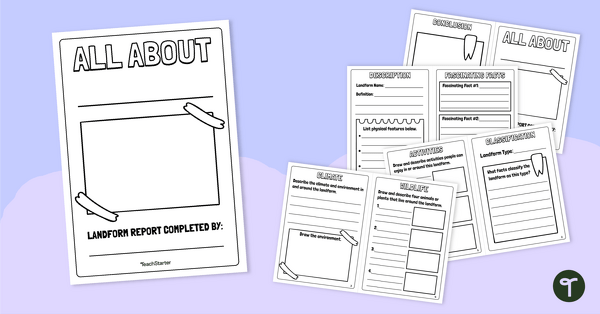
Landform Report – Mini Book Template
Download this information report template to use when teaching informative writing to primary students.
- Free Plan
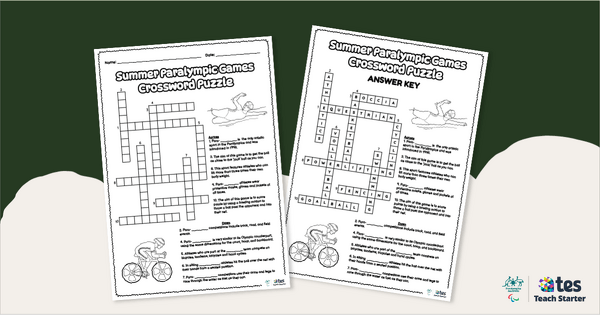
Summer Paralympic Games Crossword Puzzle
Boost vocabulary skills with a printable Paralympic Sport Crossword Puzzle.
- Plus Plan
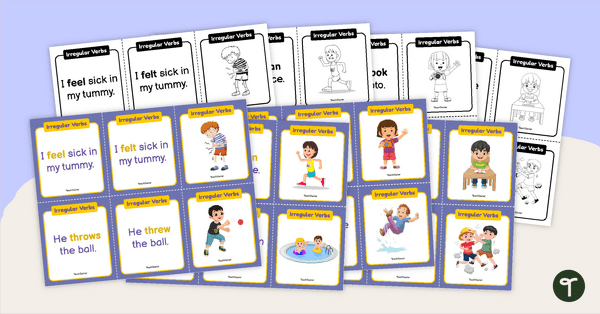
Present and Past Tense Irregular Verbs Matchup Cards
A set of 30 match-up cards to help students learn about simple present tense and simple past tense of irregular verbs.
- Plus Plan
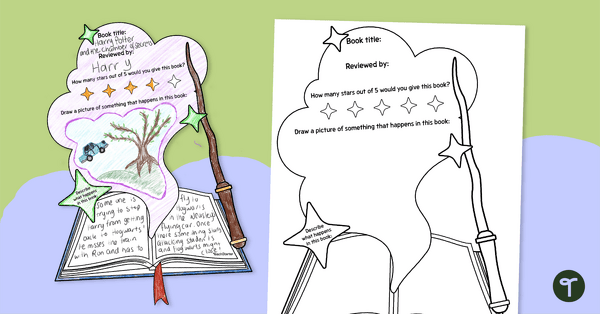
Magic-Themed Book Review Template
Create a display of student book reviews during Book Week 2024 with this magic-themed book review template for lower years students.
- Free Plan
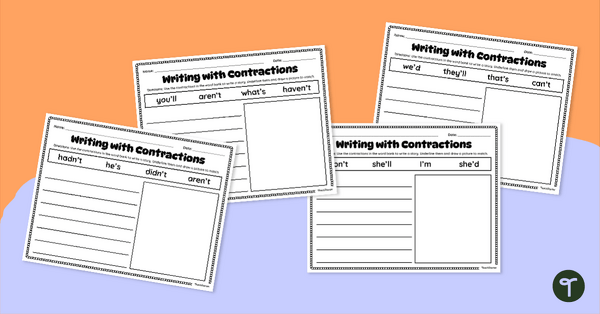
Contractions Writing Activity Pack
Put contractions into sentences to demonstrate an understanding of contractions in context using these writing worksheets.
- Plus Plan
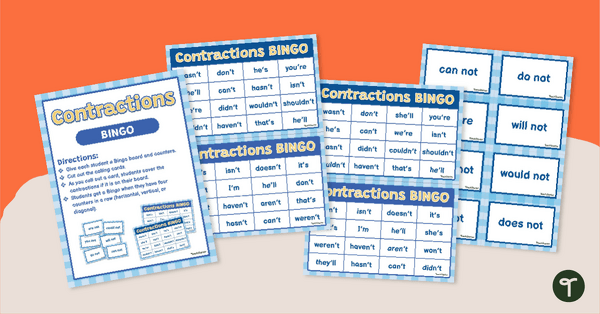
Contractions Bingo Game
Build vocabulary and have fun with contraction word games!
- Plus Plan
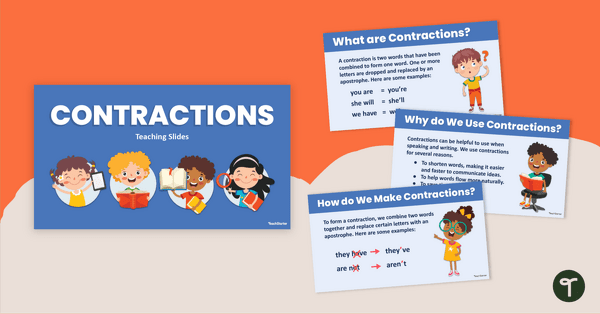
Introduction to Contractions Teaching Slides
Teach students about contractions with this engaging set of teaching slides.
- Plus Plan
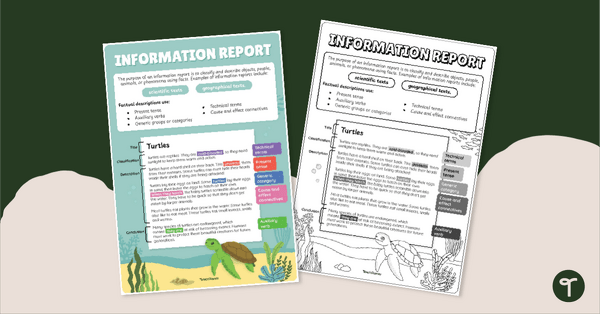
Information Report Text Type Poster With Annotations
Display this information report with annotations to help students identify the structure of this type of text.
- Plus Plan
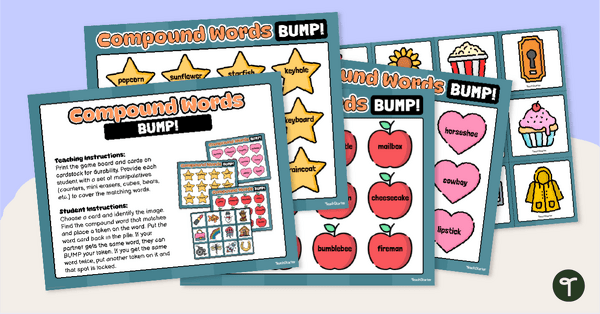
Compound Words Bump Game
Help your students discover new compound words with a printable Compound Word BUMP! Game.
- Plus Plan
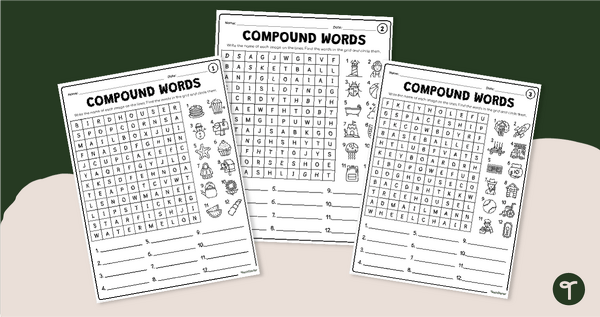
Compound Words - Word Search Pack
Search, find, and spell compound words with a fun set of Compound Word Word Search Puzzles!
- Free Plan
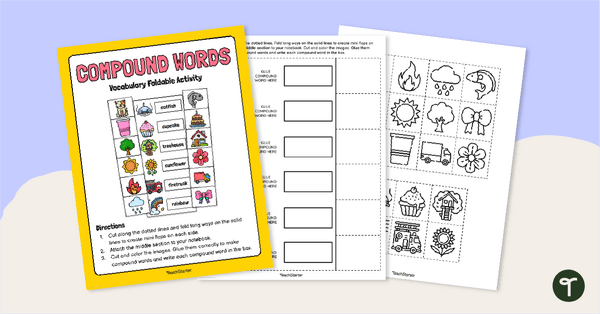
Compound Words Vocabulary Foldable
Create a fun Compound Word foldable with a printable template for your students’ interactive notebooks.
- Plus Plan
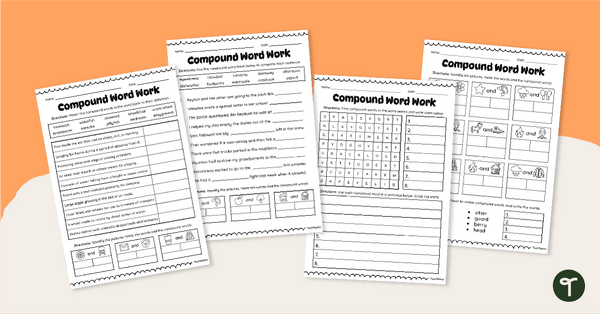
Compound Word Worksheets - Upper Years
Boost your students' vocabulary knowledge with printable Compound Word Worksheets for upper years.
- Plus Plan
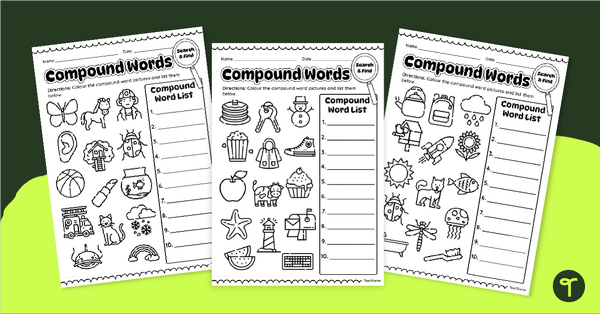
Compound Word Search and Find Worksheets
Search, find, and spell compound words with a pack of printable compound word worksheets for Year 2
- Plus Plan
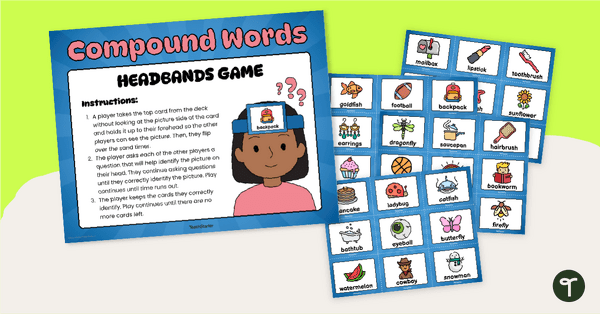
Compound Noun Game - Headbands
Boost vocabulary skills and engage your students in some word-friendly fun with an engaging Compound Word Headband Game.